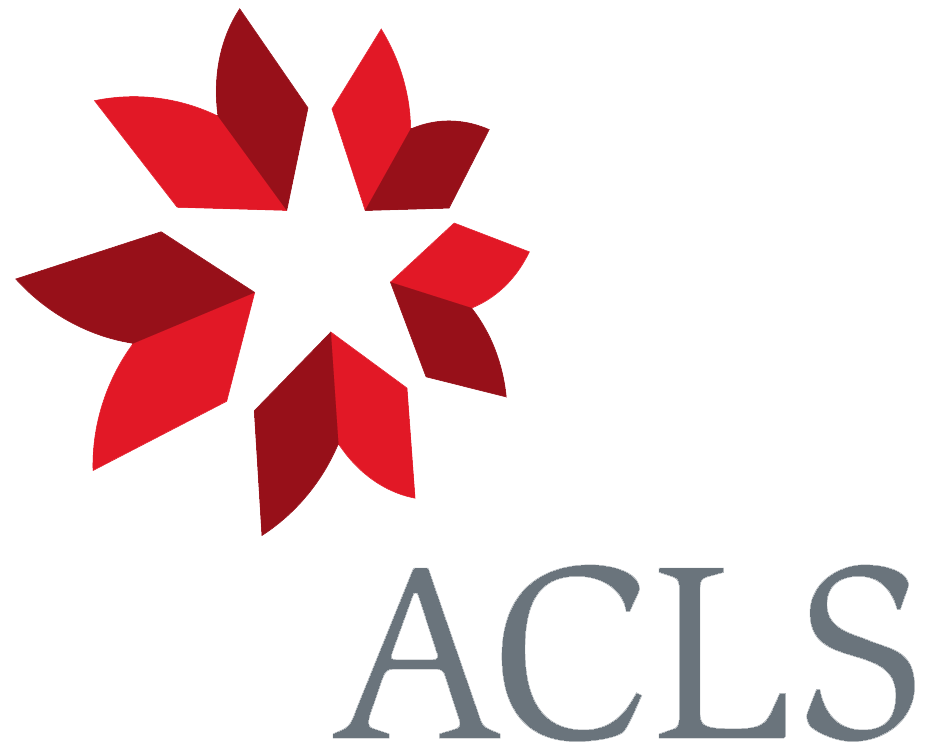From Arthur Gardiner Butler 19 July 1870
17 Oxford Road, Ealing
19th. July 1870.
Dear Sir
I am sorry that your note should have reached me whilst I am taking holidays, because, as I am very ignorant of Heterocerous Lepidoptera, I cannot, whilst away from the Museum, help you to the name of Trimen’s Moth, I am pretty sure that Iris is the name I suppose you are sure about the Gynanisa being all right?1
The two species mentioned by Dr Wallace are Bombyx Pernyi & B. Yama-mai;2 there is an interesting note on the two species in the Proceedings of the Ent. Soc. for this year, in which Dr Wallace states that hybrid eggs between these species proved fertile; hybrids in the imago state were exhibited at the Soc. 3 or 4 Meetings back.3
I have recently been trying some experiments with Vanessa Urticæ (the small Tortoiseshell Butt.),4 breeding in the dark & in differently coloured bottles, the only effects produced were dwarfed examples of a deeper tint than usual & the smaller the dwarf, the deeper the tint, as though the same amount of colour had been spread over a smaller area & thus had become intensified: The caterpillars showed a marked disinclination to change to pupa in the dark for I tried experiments by shutting out the light first on one side of my breeding cage & then on the other & the caterpillars invariably suspended themselves on the lighter side; when both ends were darkened they suspended themselves in the middle.
Believe me to be | yours very sincerely | A G Butler.
Ch. Darwin Esq | &c &c &c
Footnotes
Bibliography
Correspondence: The correspondence of Charles Darwin. Edited by Frederick Burkhardt et al. 29 vols to date. Cambridge: Cambridge University Press. 1985–.
Descent: The descent of man, and selection in relation to sex. By Charles Darwin. 2 vols. London: John Murray. 1871.
Summary
Supplies names of moths and references.
Describes his breeding experiments with butterflies to test effects of reduced light.
Letter details
- Letter no.
- DCP-LETT-7284
- From
- Arthur Gardiner Butler
- To
- Charles Robert Darwin
- Sent from
- Ealing
- Source of text
- DAR 160: 387
- Physical description
- ALS 3pp
Please cite as
Darwin Correspondence Project, “Letter no. 7284,” accessed on
Also published in The Correspondence of Charles Darwin, vol. 18


